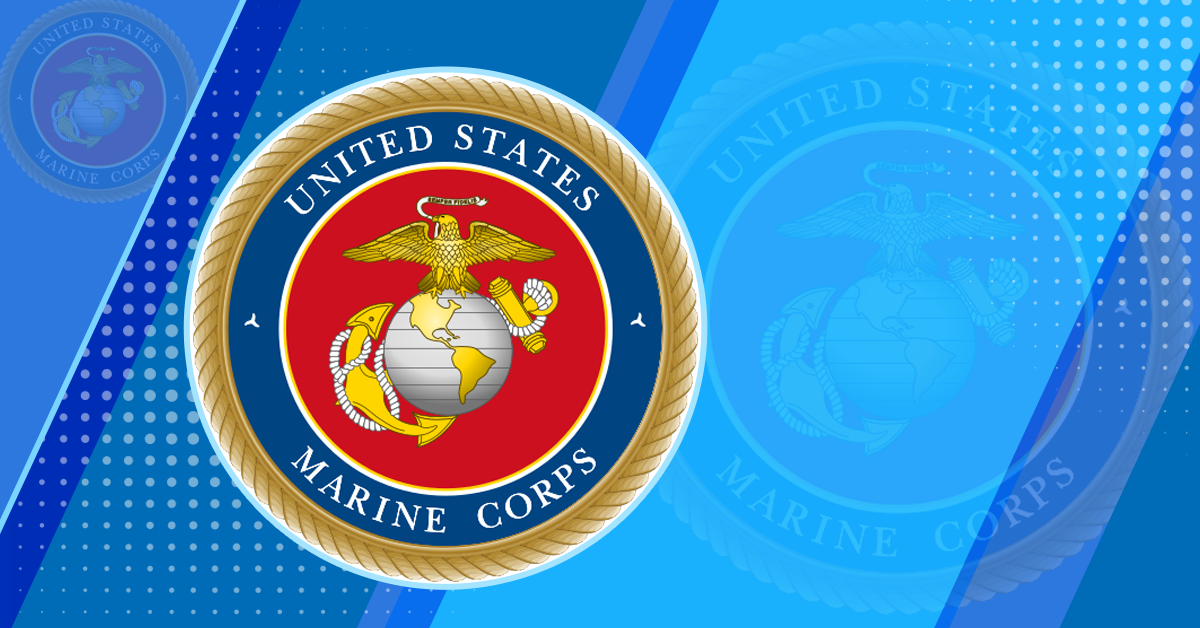5G technology is helping the U.S. government to modernize its communications and network capabilities, especially in military applications. But because so many government and military operations, weapons systems and communications rely on network connectivity today, 5G is no longer just an option, but a necessity, experts argue.
“From my perspective, network performance is a graded event,” said Col. Jason Quinter, assistant chief of staff, G-6, 3d Marine Aircraft Wing for the U.S. Marine Corps, during the Potomac Officers Club’s 5G Forum. “We’re not just provisioning networks for the fun of it. What those networks are able to do to close kill chains is a graded event for warfighters,” he explained.
Since its global deployment in 2019, the fifth generation of mobile networks, or 5G, has boasted lower latency, higher bandwidth and faster connectivity than its predecessors. Col. Quinter asserted that these benefits are imperative in the U.S. military’s pursuit of national security missions, advanced technology integration and other paramount initiatives.
“Insufficient levels of bandwidth and higher latency circuits do negatively impact our warfighters’ ability to provision networks that perform at a high enough level to support newer applications… or to run artificial intelligence/machine learning algorithms at the tactical edge,” he said.
Currently, the Department of Defense is undergoing multiple 5G testbed initiatives and research and development efforts to explore how the government can leverage commercial technology and harness the benefits of 5G. As these initiatives progress, Pete Gallagher, senior vice president of technology and solutions at CACI, said government and industry need to adopt a more collaborative model.
“There’s always going to need to be a hybrid approach between what industry can bring to bear and what the military can field, and we’ve got to have the right interfaces to be able to capitalize on emerging technology” like 5G, said Gallagher.
This hybrid approach will be increasingly critical as military branches further their 5G research, development, testing and evaluation efforts and move into enterprise-wide adoption and integration. The Army has multiple 5G initiatives today, as the Army’s Deputy Chief of Staff Lt. Gen. John Morrison shared in his keynote remarks, but Gallagher said 5G’s reach will extend beyond just one branch.
“I think 5G has a huge role not only for the Army, as General Morrison said, but as part of the Navy’s tactical grid, and with the Air Force and their digital integration — it’s a key component I believe,” Gallagher explained.
Though the U.S. military branches are all similarly pursuing 5G, their solutions, technologies and applications will be uniquely different, suggested Dr. Thomas Rondeau, principal director of FutureG for the Defense Department’s Office of the Under Secretary of Defense for Research and Engineering.
“One of the exciting, challenging aspects of DOD communications is how nuanced they can be — how challenging each one of the different scenarios can be,” said Dr. Rondeau.
As an example, Dr. Rondeau shared that every single Navy ship is different and requires very specific, individually-tailored platforms, operational systems and technologies.
“We need a network that can be adaptable to those difference,” Dr. Rondeau urged. “Previous generations weren’t really geared towards that kind of agility and that kind of adaptability. 5G gives us the opportunity to fit these different niche applications that we have, while commoditizing across the entire DOD using the similar basic technology.”
But in order to start leveraging the benefits of 5G, we have to start actually putting 5G technology in the hands of our warfighters.
“No strategy survives meeting the enemy. [Radio frequency] does not survive meeting the real world. So you’ve got to get this stuff out into operationally relevant environments and get hands-on experience with it. The lab is never going to be enough for this,” said Dr. Rondeau.
On par with the importance of getting 5G into operational environments is the importance of strong public-private partnerships in making 5G work for operators in the field, posed Kevin Stiles, chief technology officer for Oceus Networks.
“We need the smart people in the room to get together and start to have those tough conversations on how do you make these work in a way that the end user, the operator, isn’t sitting there trying to figure out how to connect to a network. They just have to work,” said Stiles.
Another key factor that can allow the government to better utilize 5G is software. “We need better tools, we need better software,” Stiles stated.
“The commercial off-the-shelf products — 4G, 5G, NextG — they all bring the capabilities. The [original equipment manufacturers] are spending billions. The carriers around the world are probably spending well above what the OEMs are spending in deploying these networks. So we have to find a way to leverage them, and we need better software to do that. We need smarter software,” he explained.
The full panel discussion and Lt. Gen. Morrison’s entire keynote presentation are available on-demand now at PotomacOfficersClub.com — click here to watch.

Learn more about how 5G fits into the DOD’s strategic and budgetary priorities at the in-person Defense Technology Summit: FY2023 Budget and Priorities on Oct. 25. William LaPlante, the Pentagon’s acquisition chief, is set to keynote this event. Click here to register.







